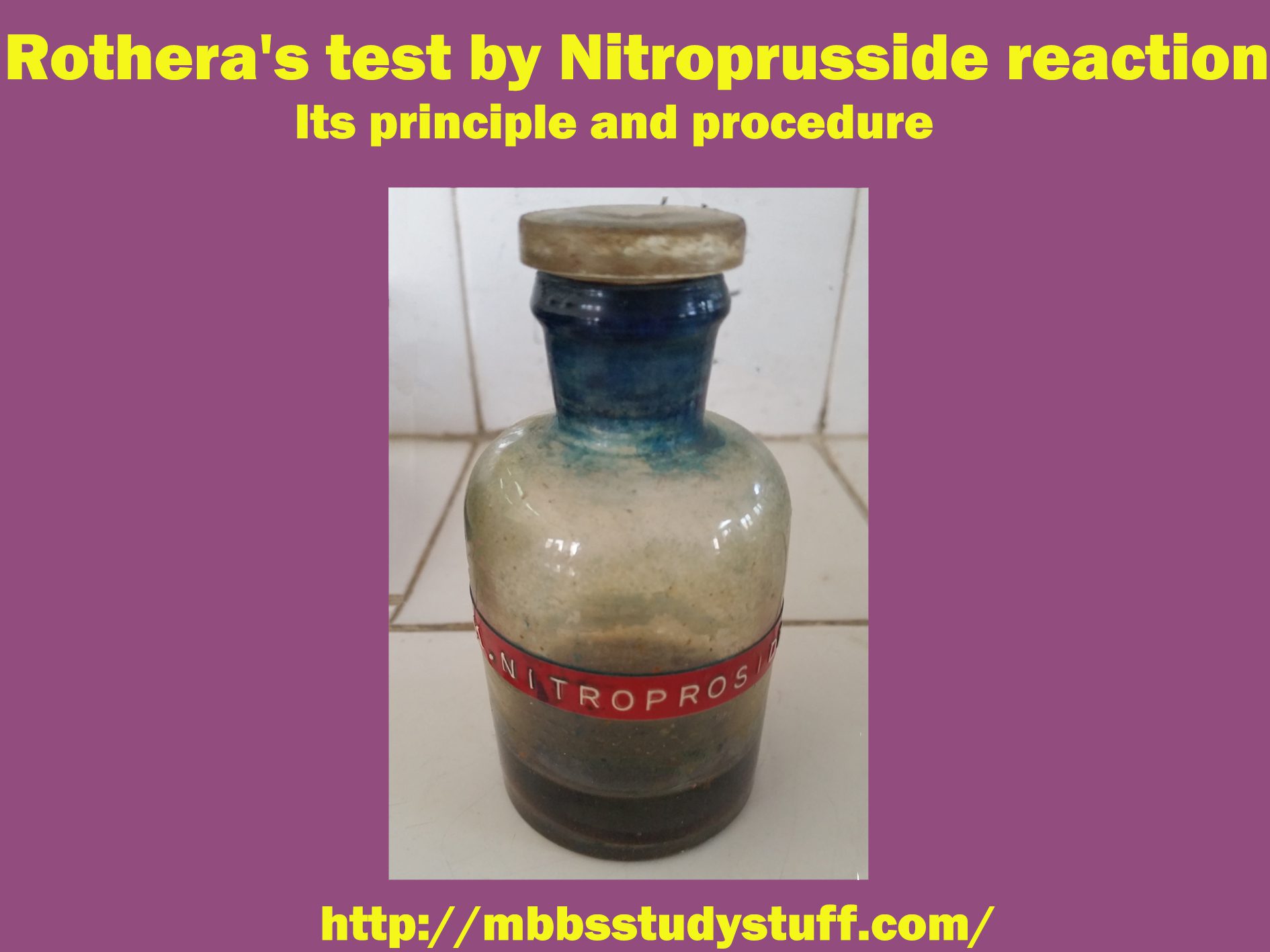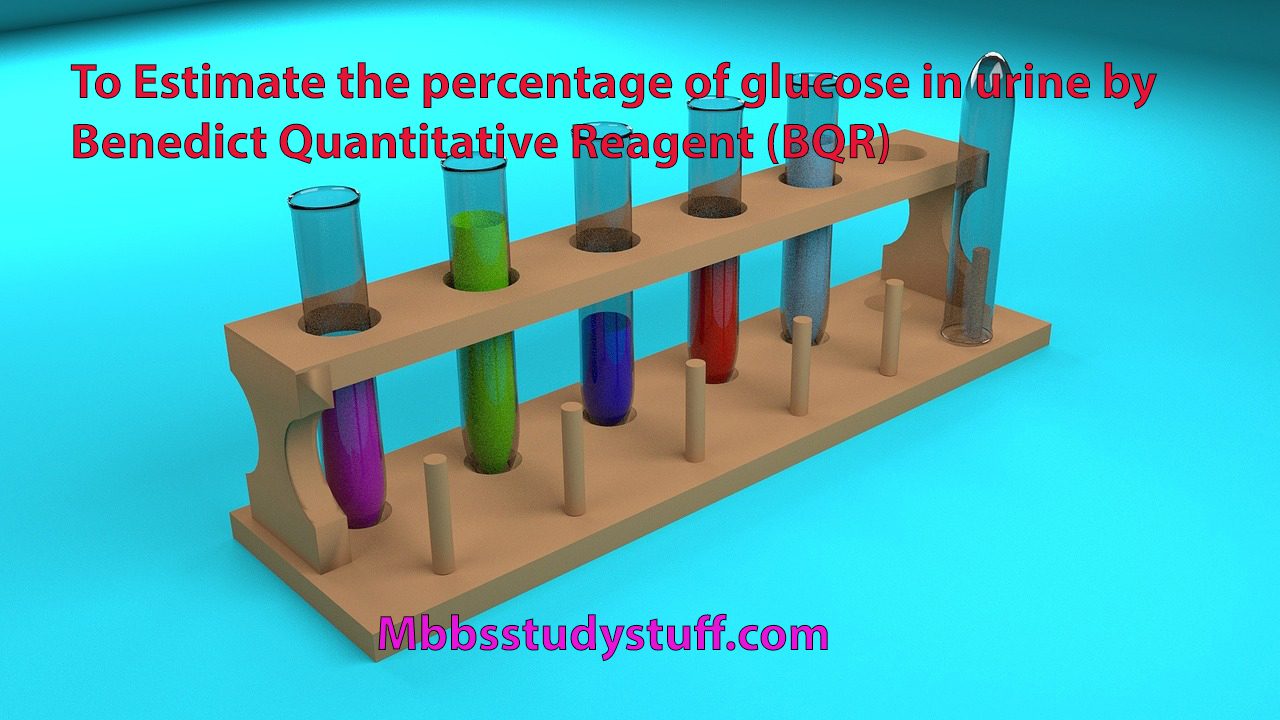What is Gerhard’s test:
Gerhard’s test is a specific test used for the qualitative detection of ketone bodies in urine. The following ketones bodies or acetone bodies are found in the urine during a condition called “ketosis.”
- Acetone.
- Acetoacetic acid.
- β- Hydroxybutyric acid.
These are synthesized in liver during starvation and uncontrolled diabetes. Ketone bodies are synthesized to re-utilized energy. These are acids and can lead to metabolic acidosis in uncontrolled diabetes. Excess of ketone bodies are formed and then excrete in urine, a condition known as ketoneuria. Acetone is volatile and also excreted in breath.
Ketosis may be associated with diabetes mellitus called Diabetic ketoacidosis, or it may be due to starvation, persistent vomiting and high fat and low carbohydrate diet.
Another test used for the detection of ketone bodies in urine is the Rothera’s test.
Gerhard’s test reagent:
- Concentrated nitric acid.
Gerhard’s test Procedure:
- Take 3 ml of original solution in a test tube.
- Add 1-2 drops of concentrated nitric acid.
- Boil and then cool the test tube.
- Then add 1 ml of 10% ferric chloride.
Observation:
Brown colour forms indicating the presence of ketone bodies.
Interference:
Brown colour indicates positive test which means ketones bodies are present in the urine.
Precautions:
To obtain a better result, follow the below steps.
- Before start performing experiment make sure to wash the apparatus before and then after the experiment.
- As always, carefully handle all the chemicals in the laboratory.
- Avoid urine touching with hands while doing the experiment.
- Use test tube holder for holding test tube.
- The test tube used should be clean neatly and free of any dirt and chemicals because we will not get the proper result then, so try to use a clean and clear test tube for a correct result.
- After experiment place the apparatus in their respective place.








Leave a Reply